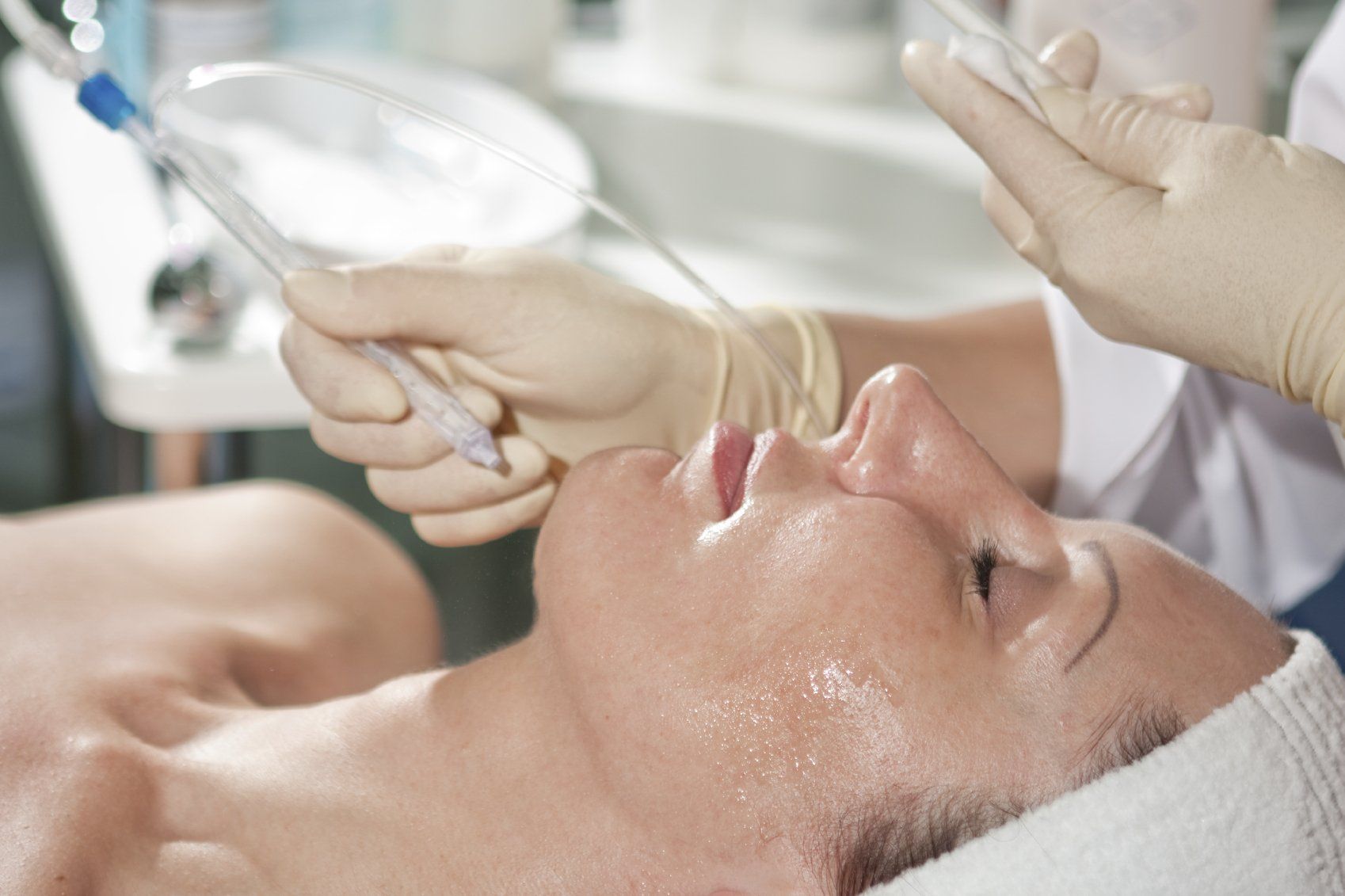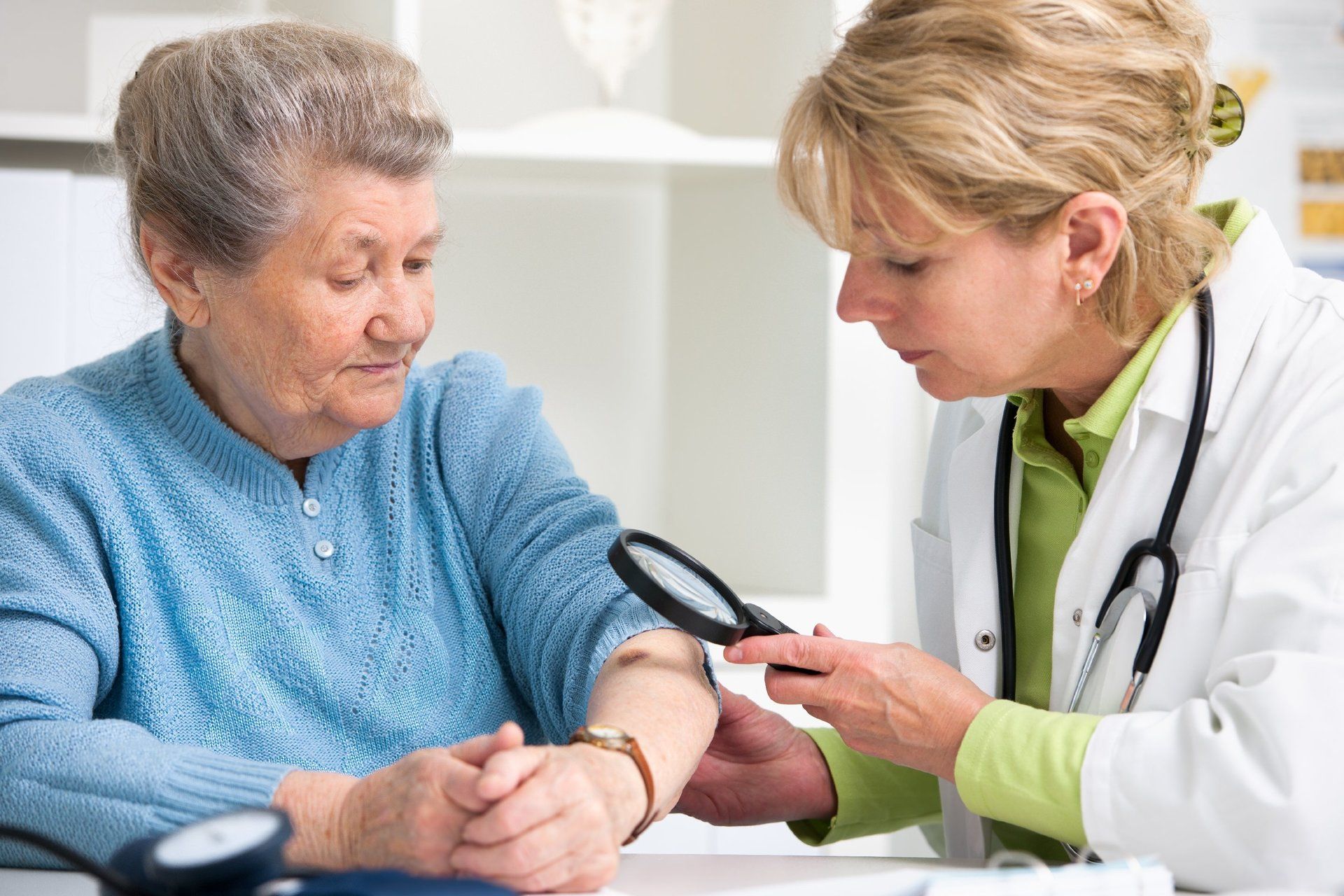How Does Infrared Light Work?
- By INB Medical
- •
- 07 Dec, 2018
- •

The evidence for the benefits of light therapy- also called photobiomodulation is pretty compelling. Numerous studies have proven that light therapy provides excellent benefits when a device combines the right wavelength of light with the right amount of power. Some of those benefits include:
- Improved skin tone and complexion[1]
- Enhanced muscle recovery[2]
- Reduced acne, rosacea, and eczema[1]
- Improved appearance of wrinkles, fine lines, scars, and stretch marks[1]
- Enhanced circulation[3]
- Quicker healing of wounds and injuries[3]
- Reduced pain and inflammation[4]
But how does infrared light therapy produce these types of results? What’s going on in our bodies that allows for this type of healing power?
If you’ve done some research regarding the benefits of light therapy, you’ll often see the following as the rationale for its anti-aging properties:
Increased circulation, via the formation of new capillaries, is responsible for some benefits. Or, in other words, more blood and oxygen helps deliver proper nutrients to damaged areas in the body.[3]
Enhanced activity within your lymph system leads to a reduction in swelling and inflammation.[5]
Increased collagen production, which directly relates to the elasticity, firmness, and fullness of your skin.[5]
This is great information—and it makes sense. But unfortunately, most articles stop there. So, in this post, we’ll try to go a step further to answer this key question: How does red light therapy work at a cellular level?
Let’s Start With How Our Cells are Supposed to Function
All living things need to make a certain kind of cellular energy called adenosine triphosphate, or ATP. Some people even refer to ATP as the “energy currency of life.” ATP is a small molecule with a huge job: to provide usable energy for our cells. ATP is produced through cellular respiration, which includes the following four steps:
- Glycolysis
- Pyruvate oxidation
- Citric acid cycle (aka Kreb’s cycle)
- Oxidative phosphorylation
Most of this activity occurs within the mitochondria, the “powerhouse” of the cell. For the sake of this article, we’ll focus on the last step, oxidative phosphorylation. That’s where light therapy is believed to help the most.
This fourth step of cellular respiration involves an electron transport chain. As electrons move down this chain, energy is released and used to pump protons out of a matrix, forming a gradient. Protons flow back into the matrix through an enzyme called ATP synthase, which creates ATP. [6,7]
So where does ATP synthase come from? Well, a certain enzyme called cytochrome c oxidase (CCO) helps oxygen to bind with nicotinamide adenine dinucleotide (NAD) + hydrogen (H)—NADH—to form the necessary hydrogen ions that produce ATP synthase.[8] If you remember anything, make sure it’s this fact: oxygen plus NADH is a good thing when it comes to healthy cellular function.
What Happens When Our Cells Aren’t Healthy?
When we get sick, injured, stressed, etc., mitochondria in our cells can produce excess nitric oxide (NO). To understand the ramification of this, let’s go back to that little enzyme, cytochrome c oxidase.
During the creation of ATP synthase, nitric oxide competes with oxygen and binds to CCO. This, in turn, stops the eventual production of ATP and thereby increases oxidative stress, which can lead to cellular death.[9]
So in summary, stressed cells produce nitric oxide, which binds to cytochrome c oxidase and halts the production of ATP synthase.
So How Does Red Light Therapy Restore Cellular Health?
Remember, nitric oxide competes with oxygen and binds with cytochrome c oxidase, which stops the eventual production of ATP. Well, it might be best to consider infrared light to be heroes when it comes to nitric oxide.
You see, infrared light breaks the bond between nitric oxide and cytochrome c oxidase. This allows oxygen to bind to NADH, which restores the normal pathway for hydrogen ions to produce ATP synthase.[8] So in summary, infrared light frees up cytochrome c oxidase to allow for the eventual production of ATP.
By breaking that bond and restoring the production of ATP, normal cellular metabolism can resume. And once our cells are healthy again, we’ll see the following benefits that have been proven time and time again through published clinical literature:
- Increased collagen production due to stimulated fibroblasts via the release of cytokines[1]
- Enhanced circulation through the formation of new capillaries[3]
- Improved anti-inflammatory emissions due to increased lymph system activity[5]
- Increased muscle recovery[10]
- Reduced inflammation and joint pain[4]
Why Collagen is so Important for Enhanced Health
Collagen is a long-chain amino acid and the most abundant protein in the body. It’s responsible for giving skin elasticity, hair its strength, and connective tissue its ability to hold everything in place. The collagen protein makes up 30% of the total protein in the body, and 70% of the protein in the skin![11]
While collagen is beneficial to the entire body, it's most noticeably beneficial to the skin. This is because as a person ages, the epidermis (outer layer of skin) becomes thinner and loses elasticity through a process called elastosis. As this happens, a person tends to show more signs of aging and acquires more wrinkles.
Infrared light therapy restores healthy cellular function, stimulating the production of collagen—which is why so many people have reported about the rejuvenating benefits of infrared light therapy![1]
References:
[1] Ferraresi C, Hamblin M, and Parizotto N. “Low-level laser (light) therapy (LLLT) on muscle tissue: performance, fatigue, and repair benefited by the power of light.” Photonics Lasers Med. 2012 November 1; 1(4): 267–286. doi:10.1515/plm-2012-0032.
[2] Al Rashoud AS, Abboud RJ, Wang W, Wigderowitz C. “Efficacy of low-level laser therapy applied at acupuncture points in knee osteoarthritis: a randomized, double-blind comparative trial.” Physiotherapy. 2014 Sep;100(3):242-8.
[3] Emília de Abreu Chaves M, Rodrigues de Araújo A, Piancastelli ACC, and Pinotti M. “Effects of low-power light therapy on wound healing: LASER x LED.” An Bras Dermatol. 2014 Jul-Aug; 89(4): 616–623.
[4] Mitchell UH, Mack GL. “Low-level laser treatment with near-infrared light increases venous nitric oxide levels acutely: a single-blind, randomized clinical trial of efficacy.” Am J Phys Med Rehabil. 2013 Feb;92(2):151-6.
[5] Michael R. Hamblin. Mechanisms and applications of the anti-inflammatory effects of photobiomodulation. AIMS Biophys. 2017; 4(3): 337–361.
[6] Raven, P. H.; Johnson, G. B.; Mason, K. A.; Losos, J. B.; Singer, S. R. How cells harvest energy. 2014 In Biology 10th ed. AP ed. pp. 122-146. New York, NY: McGraw-Hill.
[7] Reece, J. B.; Urry, L. A.; Cain, M. L.; Wasserman, S. A.; Minorsky, P. V; Jackson, R. B. Cellular respiration and fermentation. In Campbell Biology. 2011 10th ed. pp. 162-184. San Francisco, CA: Pearson.
[8] Yoshikawa, Shinya Shimada, Atsuhiro; Shinzawa-Itoh, Kyoko. 2015 Chapter 4 Respiratory Conservation of Energy with Dioxygen: Cytochrome c Oxidase. In Peter M.H. Kroneck and Martha E. Sosa Torres. Sustaining Life on Planet Earth: Metalloenzymes Mastering Dioxygen and Other Chewy Gases. Metal Ions in Life Sciences 15. Springer. Pp. 89–130.
[9] Huang, Ying-Ying; Chen, Aaron C.-H.; Carroll, James D.; Hamblin, Michael R. Biphasic dose response in low-level light therapy. 2009 Nonlinearity in Biology, Toxicology, and Medicine.
[10] Baroni BM, Rodrigues R, Freire BB, Franke Rde A, Geremia JM, Vaz MA. Effect of low-level laser therapy on muscle adaptation to knee extensor eccentric training. Eur J Appl Physiol. 2015 Mar;115(3):639-47.
[11] Di Lullo, Gloria A.; Sweeney, Shawn M.; Körkkö, Jarmo; Ala-Kokko, Leena & San Antonio, James D. (2002). Mapping the Ligand-binding Sites and Disease-associated Mutations on the Most Abundant Protein in the Human, Type I Collage.. J. Biol. Chem. 277 (6): 4223–4231.

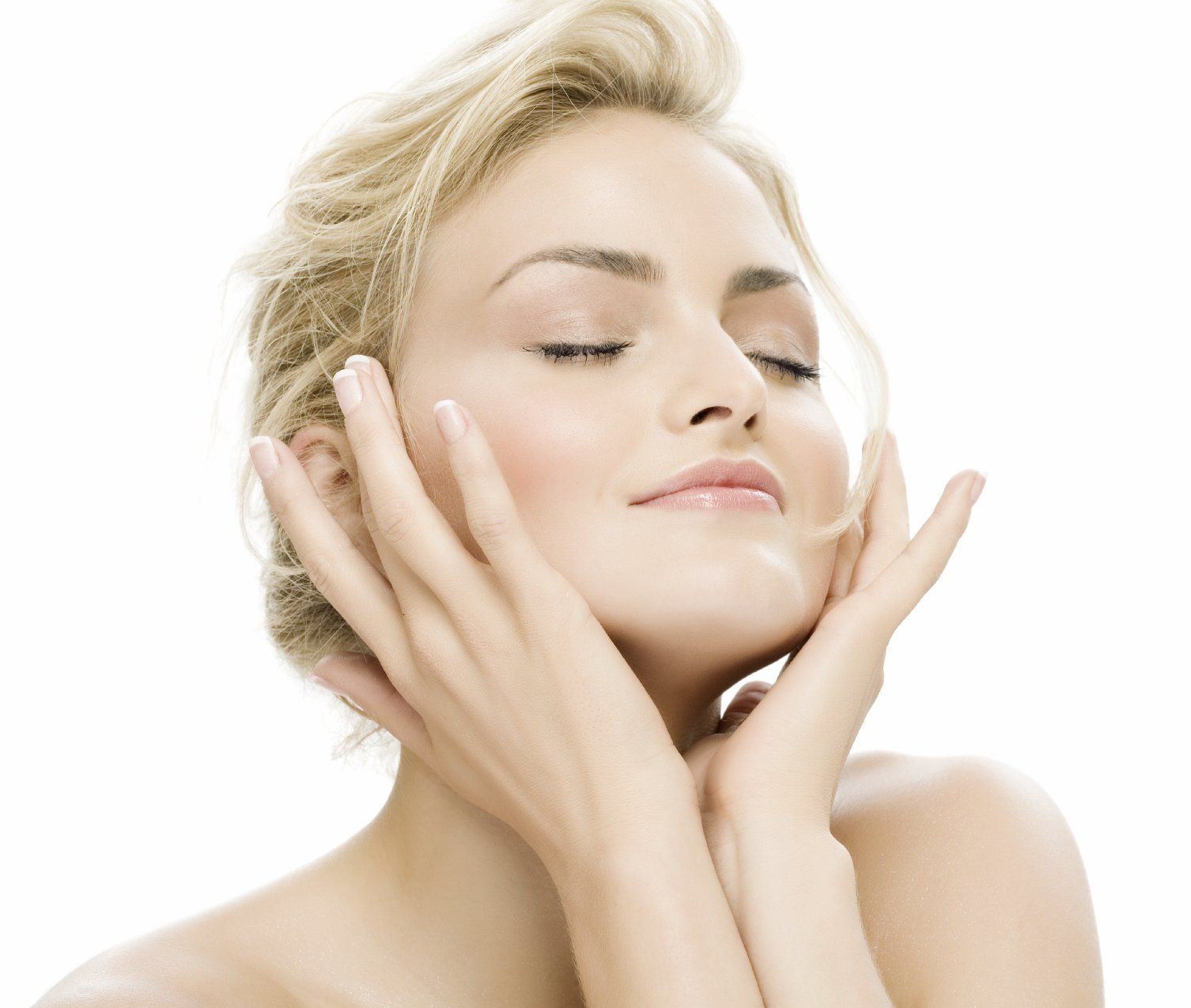
- Myth #1: All Sun Must be Shunned
Getting safe sun exposure every day is actually one of the best actions you can take for your health, as this is how your body produces enough essential vitamin D, which is known to protect against cancer (including melanoma) and support your immune system, cardiovascular system, kidney function, bones and teeth, muscle strength and much more.
While excessive sun exposure, such as getting sunburned, can certainly damage your skin, sensible sun exposure is not only quite healthy, it's a fundamental step in reaching optimal health.
The skin around your eyes and your face is typically much thinner than other areas on your body and is a relatively small surface area so will not contribute much to vitamin D production. So it is strongly recommended that you protect this fragile area of your body, as it is at a much higher risk for cosmetic photo damage and premature wrinkling. You can use a safe sunblock in this area or wear a cap that always keeps your eyes in the shade.
- Myth #2: Tanning Must be Avoided
Assuming you use sensible exposure and avoid getting burned, sensible tanning the "old-fashioned" way (i.e. out in the sun) is perfectly acceptable. The first few days, you should limit your exposure to the sun to allow your body's melanocyte cells to rev up the ability to produce protective pigmentation that not only gives you a tan, but also serves to help protect you against overexposure to the sun.
If you are a fairly light-skinned individual that tends to burn, you will want to limit your initial exposure to a few minutes, especially if it is in the middle of summer.
The more tanned your skin will get, and/or the more tanned you want to become, the longer you can stay in the sun. If it is early or late in the season and/or you are a dark-skinned individual, you could likely safely have 30 minutes on your initial exposure. If you are deeply pigmented and your immediate ancestors are from Africa, India or the Middle East, it is possible you may not even have to worry about how long you are exposed.
Always err on the side of caution however, and let it be your primary goal to never get sun burned, while also protecting the sensitive skin around your eyes and face, as noted above.
- Myth #3: Sunless Tanning Lotions/Sprays are Safe
Sunless tanners contain a lengthy list of chemical agents — up to 45 in the case of spray tanners. Many of these agents have never been studied for their long-term effects on human health, because the U.S. Food and Drug Administration does not systematically review the safety of personal care products.
One of the main ingredients in spray tanning solutions is dihydroxyacetone, a color additive that darkens your skin by reacting with amino acids in your skin's surface layer. Dihydroxyacetone is often abbreviated DHA (which should not be confused with docosahexaenoic acid, the healthy omega-3 fat often given the same abbreviation).
Manufacturers of sunless tanning products claim DHA is a simple carbohydrate sugar solution, but some toxicologists disagree. Part of the problem is that the U.S. government's regulations for DHA allow contaminants such as lead, arsenic and mercury. Further, a report by the National Toxicology Program 1 suggests the risks of DHA remain unclear, pointing to some evidence that DHA may be a mutagen that could induce breaks in DNA strands, which could contribute to accelerated aging and even skin cancer.
- Myth #4: The Higher the SPF of Your Sunscreen, The Better
It's generally unnecessary to purchase sunscreen with a sun protection factor (SPF) greater than 50. The reason for this is because while SPF works by absorbing, reflecting or scattering the sun's rays on your skin, its protective ability is not linear and does not offer a great deal more protection at higher levels.
With regards to SPF, another important factor to remember is that SPF only protects against UVB rays, which are the rays within the ultraviolet spectrum that allows your body to produce vitamin D in your skin. But the most dangerous rays, in terms of causing skin damage and cancer are the UVA rays. This is why you always want to make sure any sunscreen you buy protects against UVA's as well as UVB's … and does NOT contain any common toxic ingredients , such as oxybenzone or retinyl palmitate.
Myth #5: All Skin Care Products on the Market are Safe
It is important to understand that of the 10,500 ingredients used in your personal care products, fewer than 20 percent have been reviewed for safety in the last 30 years, according to an Environmental Working Group (EWG) analysis. 2
The reviews that have been done were conducted by a fox in the henhouse—the Cosmetics Ingredients Review, which is run by the cosmetics industry! Not all ingredients need even be mentioned on the label—if they don't want to include one for some reason, they can just leave it off. Therefore, most personal care product formulations are based on nothing more than marketing success, designed to smell good, look good and feel good when you rub them on your skin, regardless of their impact on your health.
But in reality, as the CNN video above describes, many skin care products on the market contain chemicals (including parabens, phthalates, triclosan and others) that have been linked to cancer, hormone disruption, reproductive toxicity and other health problems.
One of the core principles to remember when it comes to skin care is that whatever you slather onto your skin will be absorbed into your body and enter your bloodstream. This is why it's so important to avoid skin care products containing questionable chemicals! Your skin is an excellent drug delivery system, so you should be just as careful with what you put on your skin as you are with what you eat, if not more so, as your gut actually helps protect you against some of the toxins you ingest by filtering them out ... a protection you don't get when a chemical is absorbed through your skin.
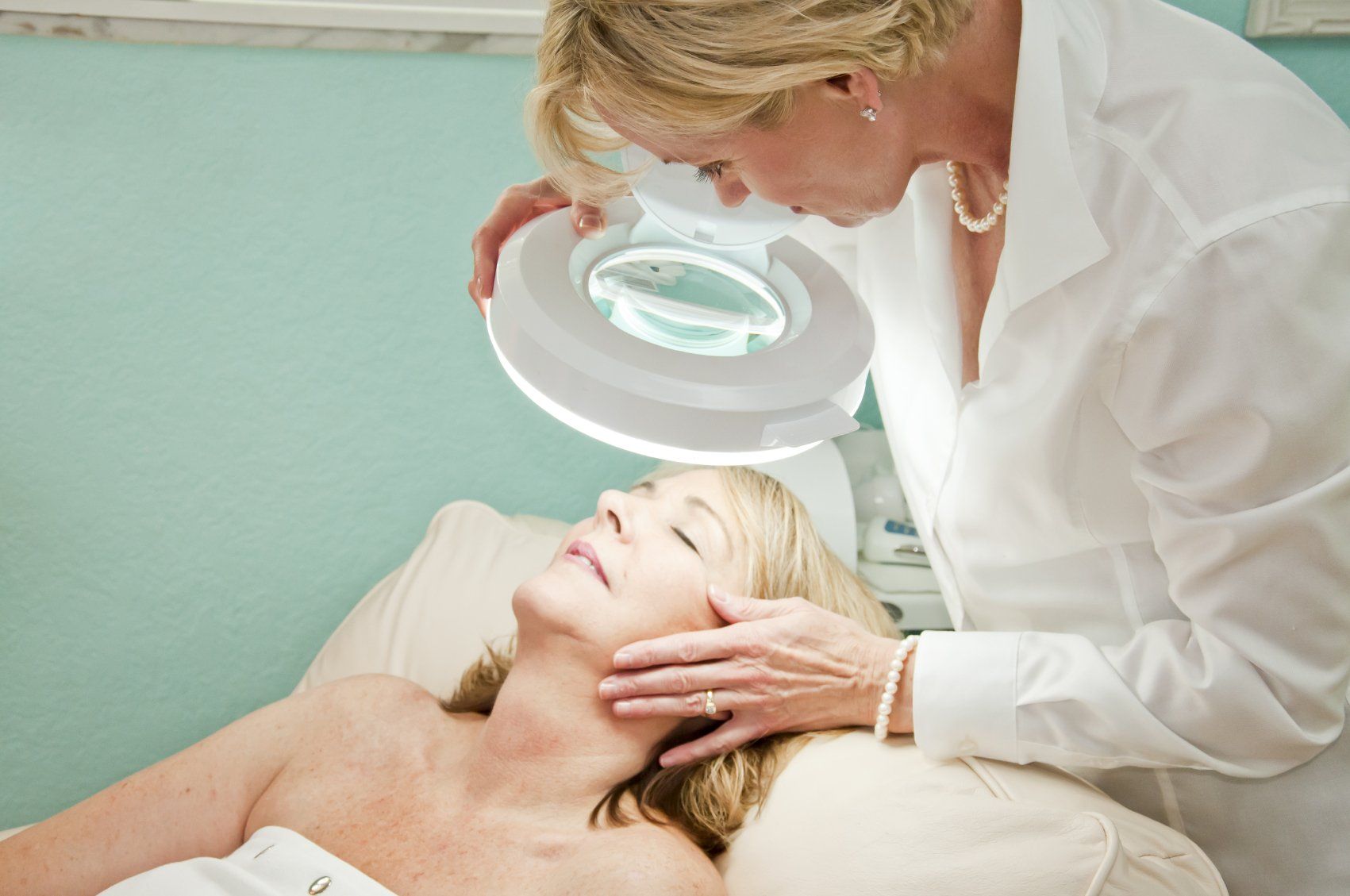
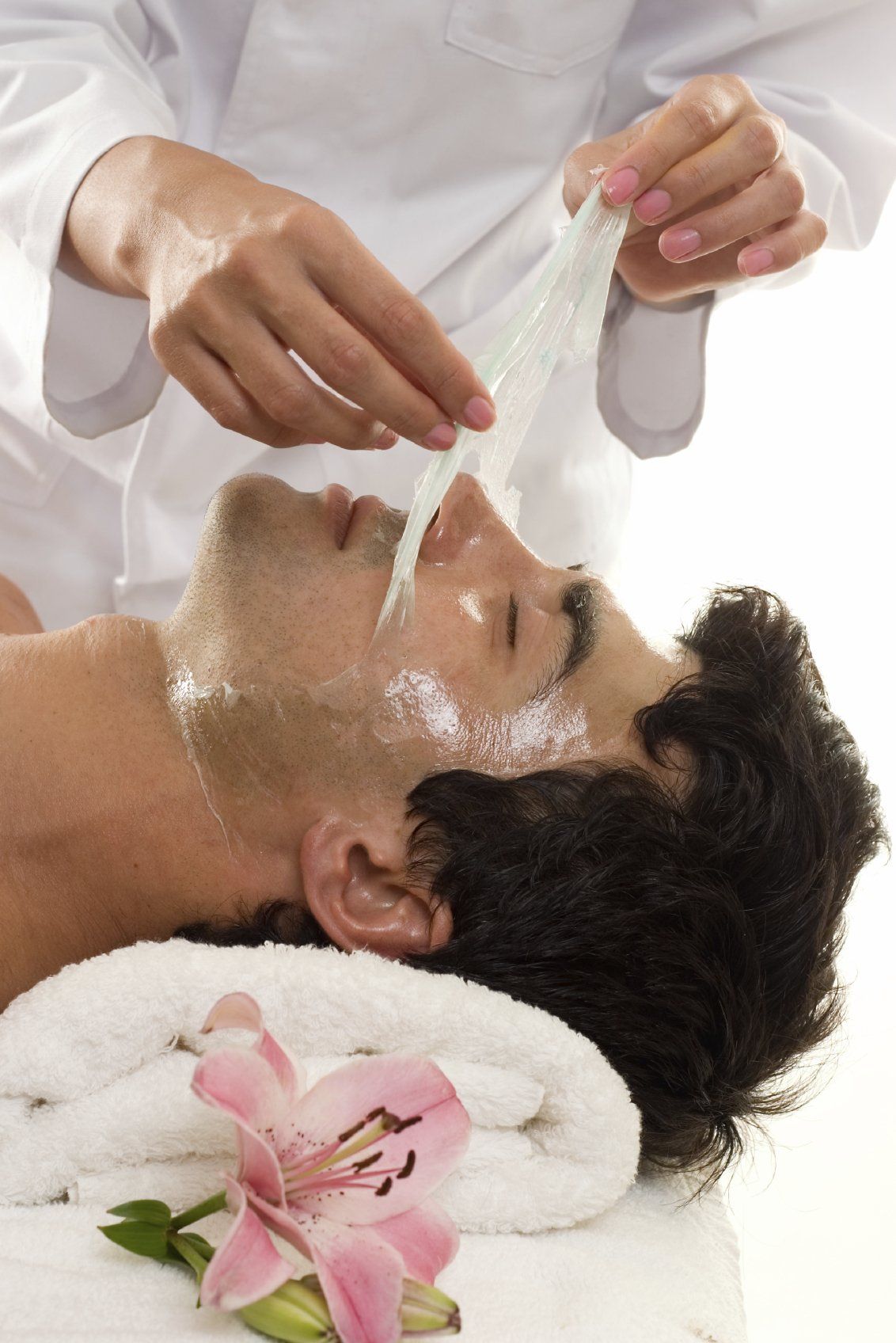

Ever wonder how women in ancient times or in the Renaissance used to make themselves beautiful?
Well, let’s just say they didn’t have the skincare wonders we have now – med spa procedures, Botox , and countless anti-aging creams and serums.
Curious to learn more about the history of skin care? Then travel back through time with us as we discuss how women in ancient cultures up to modern day cared for their skin.
HOW DID PEOPLE LOOK HOT CENTURIES AGO?
Ancient Egypt
Did you know that the first archaeological evidence of cosmetics is from Ancient Egypt roughly 6,000 years ago? But cosmetics weren’t just for aesthetics – they also protected the Ancient Egyptians from the elements, like the sun and insects. Makeup was also used to honor gods and goddesses. In terms of skincare, the Ancient Egyptians used castor, sesame, and moringa oils to fight wrinkles and preserve their youth. Ancient Egyptians also made a soap paste out of clay and olive oil to cleanse their skin. What is more, Egyptian women incorporated honey and milk masks into their beauty regimes to moisturize their skin, and they also took milk baths and used dead sea salts to exfoliate, rejuvenate, and heal their skin.
Ancient Greeks
In Ancient Greece, precious oils, perfumes, cosmetic powders, eye shadows, skin glosses, paints, beauty unguents, and hair dyes were in universal use. Ancient Greeks made their own skincare products using local, natural ingredients. One of the most widely used skincare treatments was mixing fresh berries with milk, and then applying the paste on the facial area. The Ancient Greeks also used olives and olive oil as exfoliants and moisturizers. Lastly, honey along with milk and yogurt were used as anti-aging preparations.
Medieval Times
During the 12th century, cosmetics were regularly used in medieval Europe. Ointments consisted of animal fats. Smooth, white skin was highly regarded, and many women used herbal remedies to promote fair skin and diminish pimples. Aloe vera, rosemary, and cucumbers were used to cleanse the skin. Seeds, leaves, and flowers were also mixed with honey to create face masks, and vinegar was used as an astringent.
Renaissance
Women in the Renaissance period used silver mercury, lead, and chalk to color their faces. Most of the skin care practices were the same as the medieval period, and women primarily relied on herbs and honey to cleanse and rejuvenate their skin. Some other skin care remedies included using broom stalks to cleanse the skin and oatmeal boiled in vinegar to treat pimples. Bread soaked in rose water was also used to soothe puffy eyes.
The Baroque Era
During the Baroque Era, women believed in saunas and sweat cleansing. Milk baths were also used for smoother, clearer skin. Make up during this time was intended to look like paint, and heavy makeup was considered more respectable. Rouge was very popular, and in the 1780s, French women used two million pots of rogue per year. Women’s lips were reddened with distilled alcohol or vinegar.
1800s
Exercise, cleanliness, and skincare were all held in high regard during the 1800s. Zinc oxide was used to lighten skin, but often caused allergic reactions. Hygiene products became less expensive and more accessible. Harsh cleansers were often used as were egg yolks, honey and oatmeal to often the skin and help diminish blemishes. Lemon juice was also used to naturally bleach the skin a few shades lighter. During this time, too, Chapstick, Vaseline, and baby powder were invented, all of which were used in skincare regimes.
1900s
The 1900s was an explosion in terms of accessible skincare for women. Carmex was invented in 1937, and sunscreen in 1944. In 1946, Estee Lauder launched their cosmetics line in NYC, and then in the 1950s Clearasil, Ponds, Oil of Olay, and Clinique were all launched, too. The 1980s saw a rise in all natural skincare products. Dr. Howard Murad’s line was launched in 1989, and Burt’s Bees in the 1980s, too. In 2002, the FDA approved Botox for frown lines on the face. In 2007, The Zeno, a hand-held, battery-operated device, transfers heat onto a blemish, killing the bacteria and making them disappear after only a few treatments.
Reference:
https://www.laseraway.com/news/brief-history-skincare-ages/

Studies have shownthat eating foods with these deeply colored pigments can make your face actually look healthier than being tanned. [1]
The more red and yellow tones found in your skin, the more attractive the people were found to be. The redder tones are caused when people are flushed with blood, particularly if the blood has lots of oxygen in it. Researchers found that, given the choice between skin color caused by suntan and skin color caused by carotenoids, people preferred the carotenoid skin color, so if you want a healthier and more attractive skin color, you are better off eating a healthy diet.
In order to have clear, healthy skin, you need to make sure your body is relatively free of toxins, so cleansing your body of dangerous substances while putting in the finest nutrients is essential. The organs responsible for providing you with beautiful skin include your liver, kidneys, adrenals, thyroid, and your large and small intestines.
- Your liver and kidneys are the two organs that filter out impurities on an ongoing basis. If your diet is less than ideal, these two organs can easily become overtaxed, which can lead to breakouts and other skin problems.
- Your adrenals make many essential hormones, such as pregnenolone, DHEA, estrogen, progesterone and testosterone. Hormonal imbalances can also result in problematic skin conditions, so adrenal function is important as well.
- A well-nourished, energetic thyroid also provides hormones and works closely with your adrenals to create energy. Dry, flakey, sluggish skin can be evidence of a weak thyroid.
- Your small- and large intestines provide nutrients to all your organs and remove waste products from your body. When waste meant for elimination remains in your intestines your skin becomes thick, oily and blemished. Pure, flawless skin is typically a reflection of clean intestines.
Eating a healthy diet as described in my nutrition plan , which focuses on whole, bioavailable organic foods, is your number one strategy for helping your body detox naturally while supplying the necessary nutrients your skin needs to thrive. That said, some foods are particularly effective at promoting beautiful, clear skin, including:
- Animal-based omega-3 fats: Omega-3 fats help to normalize skin lipids and prevent dehydration in the cells. This keeps skin cells strong and full of moisture, which can help to decrease the appearance of fine lines. Fatty acid deficiency can manifest in a variety of ways, but skin problems such as eczema, thick patches of skin, and cracked heels are common. Plus, omega-3 fats may have an anti-inflammatory effect that can help to calm irritated skin, giving you a clear, smooth complexion.
- Vegetables: Ideally fresh, organic and locally grown.
- Fermented foods are even better as they can start with the same vegetables but are converted by bacteria to superfoods, which help promote the growth of friendly intestinal bacteria and aid in digestion.
- Avoid Sugars, Fructose and Grains: This is probably the single most important step you can take to improve your skin health. If you eliminate all sugars, fructose and grains from your diet for a few weeks there is a major likelihood you will notice rapid improvement in your complexion.
Reference:
[1] Evolution and Human Behavior Volume 32, Issue 3, May 2011, Pages 216–227
